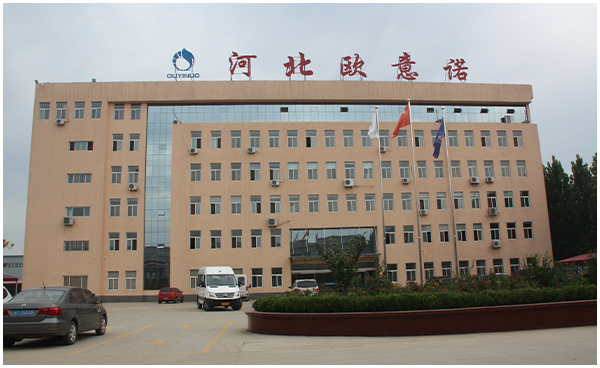
Nov . 22, 2024 17:03
Back to list
cyclone separator
Cyclone Separator An Overview
A cyclone separator is a widely used device in various industrial applications to separate solid particles from fluids (liquids or gases) utilizing the principles of centrifugal force. The efficiency and effectiveness of cyclone separators make them indispensable in many sectors, including mining, food processing, pharmaceuticals, and environmental engineering.
Principle of Operation
The operating principle of a cyclone separator is relatively straightforward. When a gas or liquid containing solid particles enters the cyclone, the flow is directed into a cylindrical chamber, causing it to rotate. This rotation generates a centrifugal force that pushes denser particles outward toward the wall of the cyclone. As a result, the heavier particles move downwards and are collected at the bottom of the cyclone, while the cleaner, lighter fluid continues to circulate upward and exits through a central outlet at the top.
Design Features
Cyclone separators come in various designs and sizes, tailored to specific applications and separation requirements. A typical cyclone separator consists of the following key components
1. Inlet This is where the mixture enters the cyclone. The design of the inlet is crucial, as it determines the flow pattern and impacts the separation efficiency. 2. Cylindrical body The main body of the cyclone, where the particle separation takes place. The diameter and height of this chamber significantly affect the performance. 3. Vortex Finder This is the outlet pipe that allows the separated fluid to exit the cyclone. Its diameter and length can influence the cyclone's efficiency. 4. Dust or Particle Collection Chamber Located at the bottom of the cyclone separator, this chamber collects the heavy particles that have been separated from the fluid.
5. Outlet This is where the separated clean gas or liquid exits.
Types of Cyclone Separators
There are several types of cyclone separators, each designed for specific applications
1. Single Cyclones These are stand-alone units used for separation tasks requiring moderate to high efficiency. They are simple in design and easy to maintain.
cyclone separator

2. Multi-Cyclones These consist of several smaller cyclones arranged in parallel. They provide higher separation efficiency and are often used in applications where a high dust load is present.
3. High-Efficiency Cyclones Designed with advanced geometries, these cyclones can achieve high separation efficiency for fine particles, making them suitable for applications in the chemical and petrochemical industries.
Applications
Cyclone separators have a wide range of industrial applications
- Mining and Mineral Processing Used to separate ore particles from water, improving the efficiency of the extraction process. - Food Industry Employed to remove impurities and improve the quality of food products like flour and sugar. - Pharmaceuticals Useful for isolating active ingredients from the production process, ensuring product purity. - Environmental Engineering Commonly used in air pollution control systems to capture dust and particulate matter from flue gases.
Advantages and Disadvantages
Advantages - Cyclone separators are generally low-cost, with minimal maintenance requirements due to their simple design. - They can handle large volumes of particles and fluids, making them suitable for high-throughput applications. - They can operate in high-temperature and high-pressure environments.
Disadvantages - Separation efficiency decreases for very fine particles, which may require additional filtration systems. - The performance can be affected by variations in flow rate and particle size, necessitating careful design and operation.
Conclusion
In conclusion, cyclone separators are versatile and efficient devices for separating solids from gases or liquids across numerous industries. Their fundamental operating principles, coupled with various designs and applications, make them an essential part of modern industrial processes. As industries strive for greater efficiency and sustainability, cyclone separators will continue to play a crucial role in optimizing separation technologies and improving product quality.
Next:
Latest news
-
Safety Valve Spring-Loaded Design Overpressure ProtectionNewsJul.25,2025
-
Precision Voltage Regulator AC5 Accuracy Grade PerformanceNewsJul.25,2025
-
Natural Gas Pressure Regulating Skid Industrial Pipeline ApplicationsNewsJul.25,2025
-
Natural Gas Filter Stainless Steel Mesh Element DesignNewsJul.25,2025
-
Gas Pressure Regulator Valve Direct-Acting Spring-Loaded DesignNewsJul.25,2025
-
Decompression Equipment Multi-Stage Heat Exchange System DesignNewsJul.25,2025

